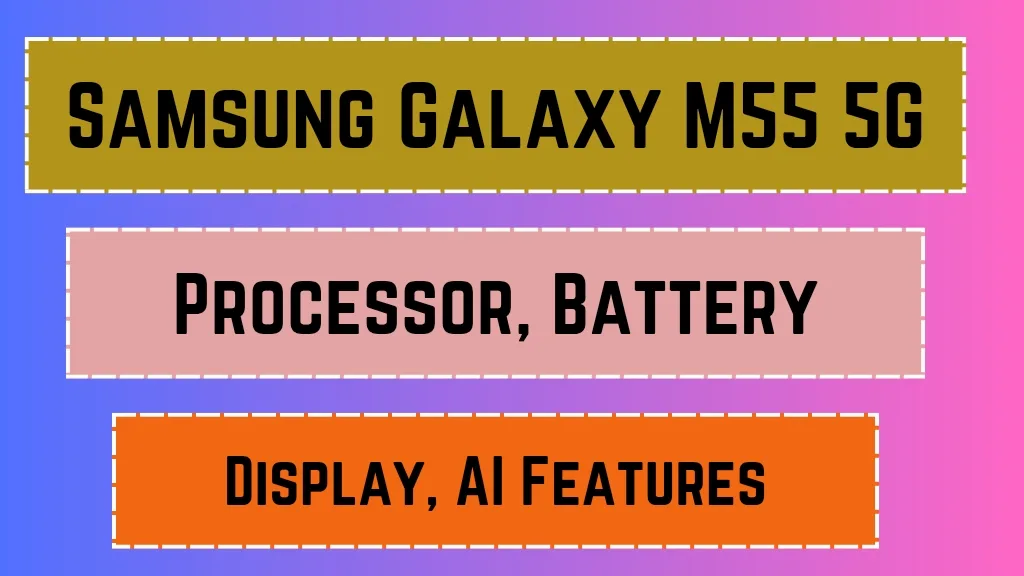The Samsung’s Galaxy S25 Ultra going head-to-head against Apple’s iPhone 16 Pro Max. These two tech titans are redefining what premium smartphones can offer, from AI-enhanced photography to cutting-edge chipsets and groundbreaking display technology. Consumers are now more interested than ever in not just the brand, but in real, measurable differences—especially when they’re spending upwards of ₹1,50,000 on a phone. So, how do these two heavyweights truly compare? This article breaks down the core elements—display, performance, camera, and price—so you can decide which one deserves a spot in your pocket in 2025.
Key Highlights
| Point | Details |
|---|---|
| Organization Name | Samsung & Apple |
| Device Comparison | Galaxy S25 Ultra vs iPhone 16 Pro Max |
| Comparison Based On | Display, Camera, Processor, Price, Battery |
| Availability in India | Expected by September 2025 |
| Join WhatsApp | Click Here |
| Join Telegram | Click Here |
| Official Website | example.com |
Display Comparison: Visual Brilliance Meets Innovation
The Samsung Galaxy S25 Ultra is once again setting the standard in display technology with a 6.9-inch QHD+ Dynamic AMOLED 2X panel boasting an adaptive refresh rate from 1Hz to 144Hz, peak brightness of 3000 nits, and Gorilla Glass Victus 3 protection. It delivers vibrant colors, stunning contrast, and impeccable outdoor visibility—even in direct sunlight.
In contrast, Apple’s iPhone 16 Pro Max continues its Super Retina XDR journey with a 6.8-inch LTPO OLED display, supporting ProMotion (1Hz–120Hz) and brightness up to 2900 nits. The iPhone shines in color calibration and Dolby Vision support, making it ideal for content creators and streamers alike.
While Samsung wins in size, brightness, and refresh rate, Apple’s display remains unbeatable in color accuracy and HDR rendering. Your choice here depends on whether you value raw brightness and size or color perfection and ecosystem integration.
Processor & Performance: A Battle of Silicon Supremacy
The Galaxy S25 Ultra is powered by the Snapdragon 8 Gen 4 for Galaxy, fabricated on a 3nm TSMC process, with a focus on AI acceleration, energy efficiency, and sustained thermal performance. This processor also supports real-time AI photo enhancement, on-device language translation, and pro-level gaming with ray tracing.
On the other hand, the iPhone 16 Pro Max debuts the A18 Pro chip, also built on a 3nm architecture. Apple’s chip integrates a Neural Engine capable of 50 trillion operations per second, optimized for Apple Vision Pro compatibility and photonic image rendering.
In synthetic benchmarks, the A18 Pro slightly edges out the Snapdragon 8 Gen 4 in single-core performance, but Samsung dominates multi-core tasks and sustained gaming performance, thanks to its superior cooling system.
If you’re a gamer or multitasker, the Galaxy S25 Ultra may be your best friend. But for creators deeply invested in the Apple ecosystem, the iPhone 16 Pro Max delivers unmatched efficiency.
Camera System: AI-Powered Precision vs Cinematic Excellence
Samsung takes a bold leap with a quad-camera setup headlined by a 200MP primary sensor, backed by a 50MP ultra-wide, and dual telephoto lenses (10x and 5x optical zoom). New AI enhancements now support moon shots, astrophotography, and dynamic video stabilization, giving users cinematic control at their fingertips.
Apple stays true to its clean tri-lens setup with 48MP primary, 12MP ultra-wide, and 12MP 5x telephoto. But don’t let numbers fool you—thanks to Apple’s Photonic Engine and machine learning-based image segmentation, it produces depth-rich portraits, cinematic 4K videos, and adaptive tone mapping that are highly detailed and natural.
While Samsung offers zoom and megapixel power, Apple offers realistic, cinematic-quality imaging. Your photography style will determine the winner—zoom lovers should go Samsung, while video creators might prefer Apple.
Battery & Charging: Who Lasts Longer in Real-Life Usage?
Samsung packs in a 5500mAh battery with 65W wired and 50W wireless charging, capable of juicing up to 100% in just 30 minutes. You also get reverse wireless charging—a boon for earbuds and wearables.
The iPhone 16 Pro Max sticks with a 4500mAh battery, 35W wired, and MagSafe-based wireless charging at 25W. While not as fast, Apple focuses on battery longevity and deep iOS optimization, often squeezing out 1.5 days of usage.
In fast-paced lifestyles, Samsung wins on charging speed and capacity, but if you value battery health over time, Apple’s efficiency is hard to beat.
Price & Value: What’s the Real Cost of Premium?
In India, the Samsung Galaxy S25 Ultra is expected to start around ₹1,34,999, while the iPhone 16 Pro Max will likely be priced at ₹1,59,900, maintaining Apple’s legacy of premium pricing.
Samsung provides more in-box accessories, while Apple continues with its minimalist packaging. Samsung also offers more trade-in options, pre-order benefits, and aggressive cashback schemes in India.
If budget is a constraint and you’re looking for more tech per rupee, Samsung provides better value. But if you’re locked into the Apple ecosystem, the iPhone 16 Pro Max still makes a solid case for long-term satisfaction.
FAQs
Q1. Which phone has better gaming performance – Galaxy S25 Ultra or iPhone 16 Pro Max?
Ans: The Galaxy S25 Ultra performs better in extended gaming sessions thanks to its vapor chamber cooling, high refresh rate display, and Snapdragon 8 Gen 4 chip, offering smoother gameplay and thermal management.
Q2. Does the iPhone 16 Pro Max support USB-C finally?
Ans: Yes, the iPhone 16 Pro Max now features a USB-C port, enabling faster data transfers and universal charging, aligning with global regulatory standards.
Q3. Which phone is better for photography?
Ans: The answer depends on your style. Samsung offers better zoom and megapixels, while Apple delivers more accurate colors and better video capabilities. Both are excellent in their own right.
Arjun Kapoor is a Mobile Tech Journalist with 7+ years of experience covering smartphone launches, chipset advancements, and camera innovations. He holds a Master’s in Technology Management and enjoys analyzing market trends in the mobile industry.


